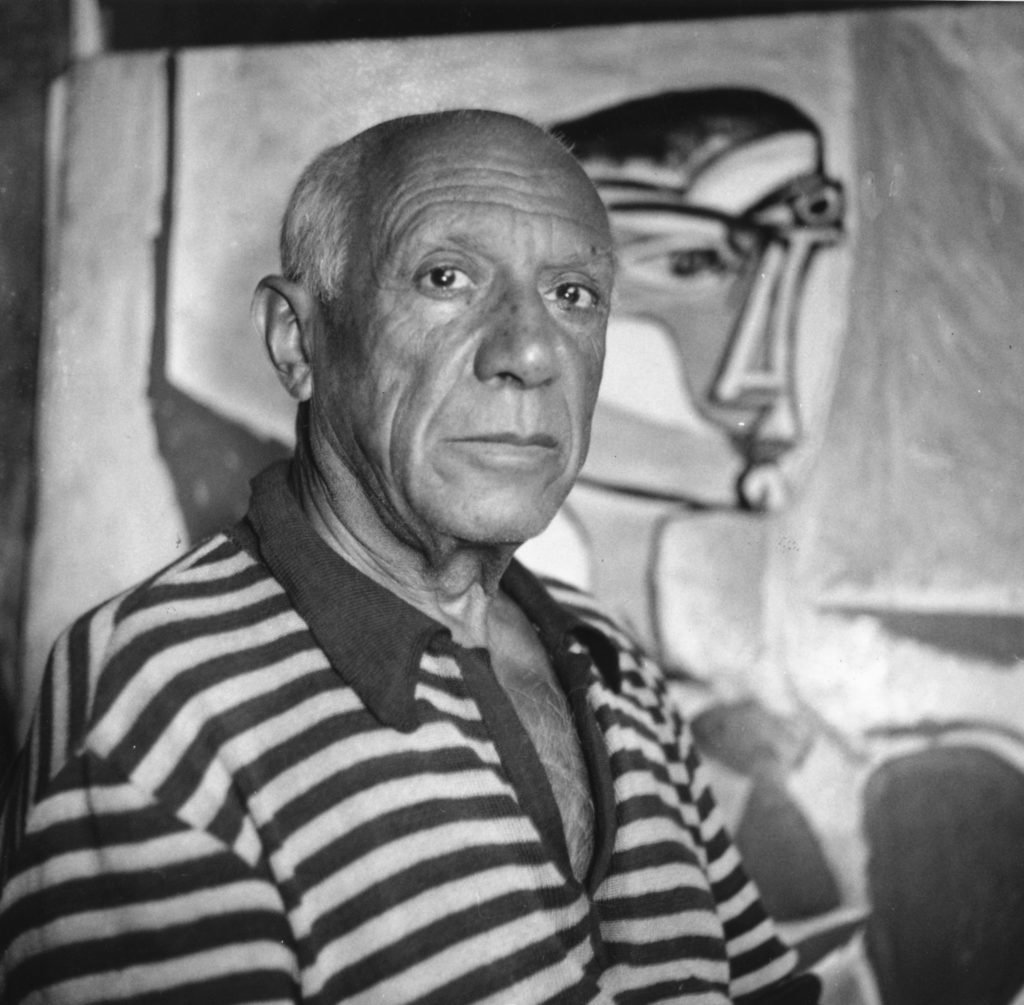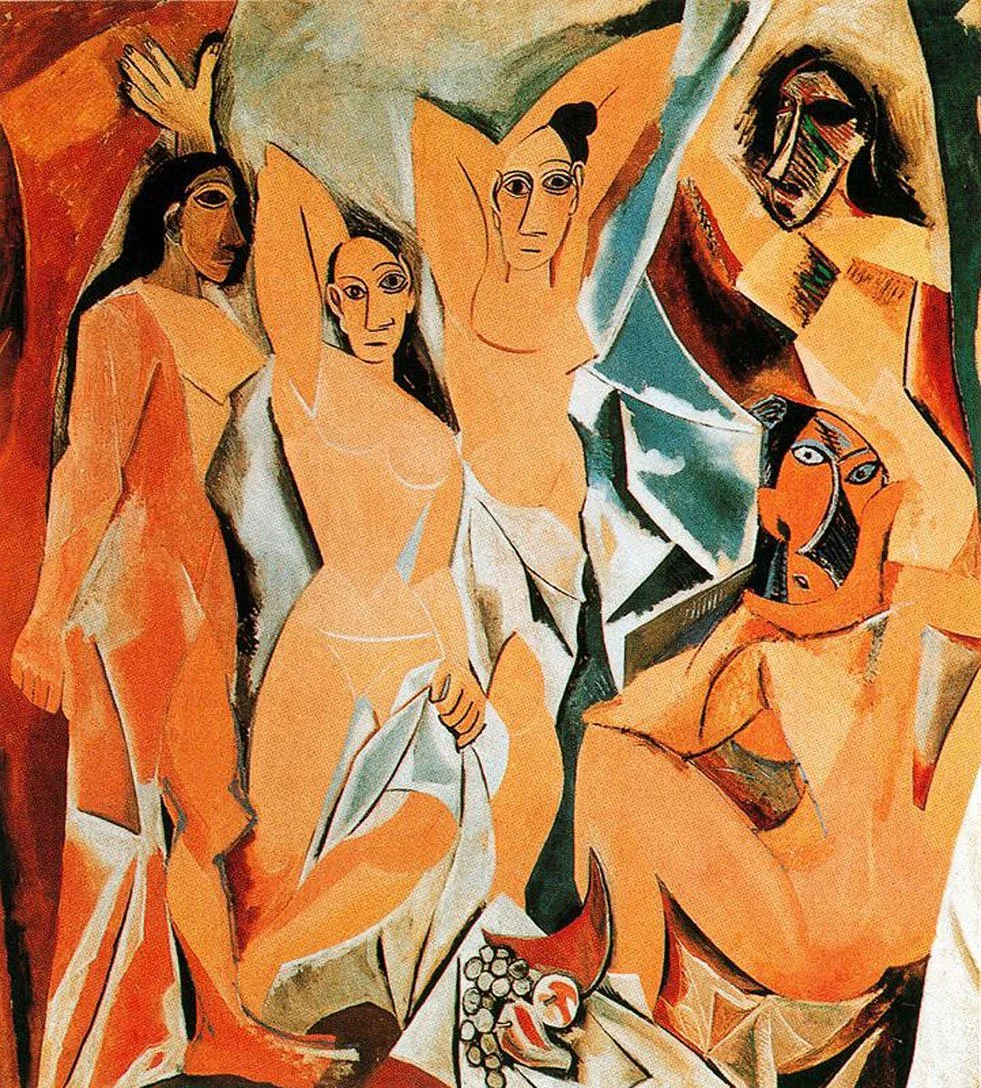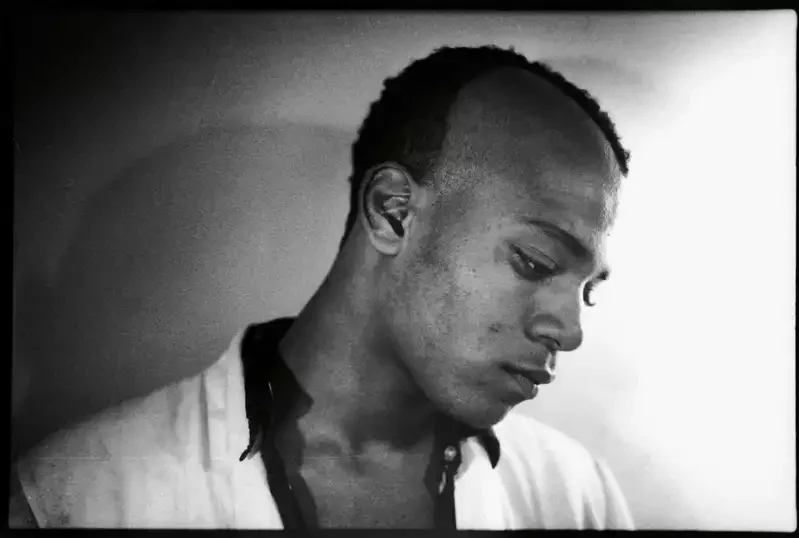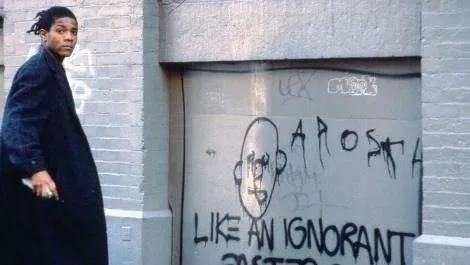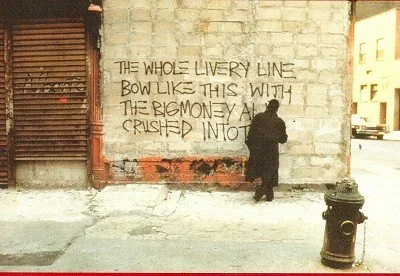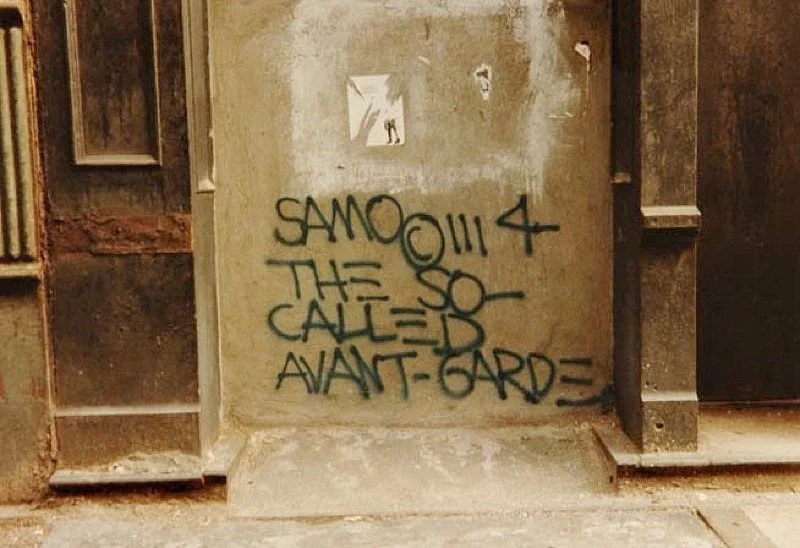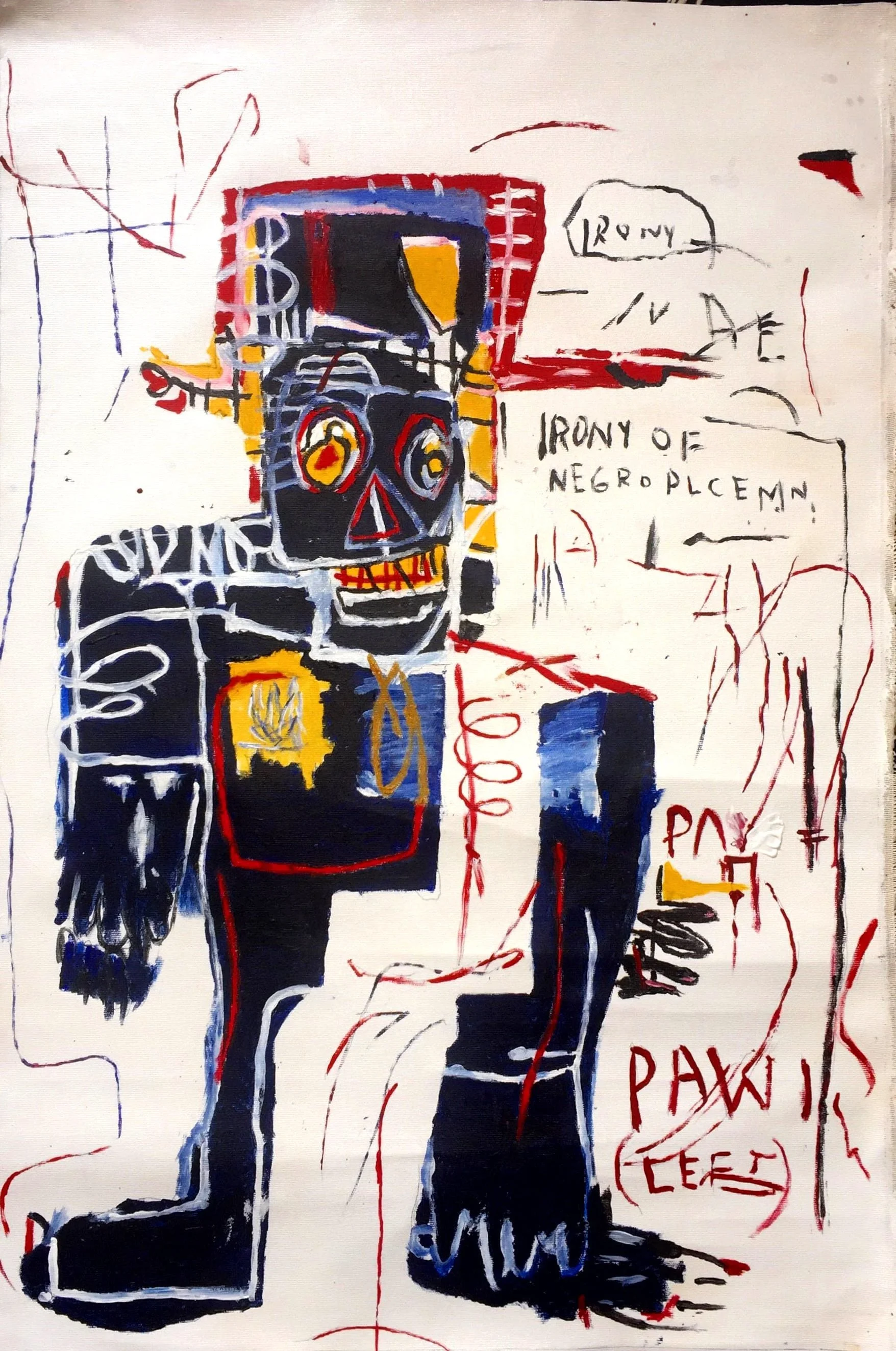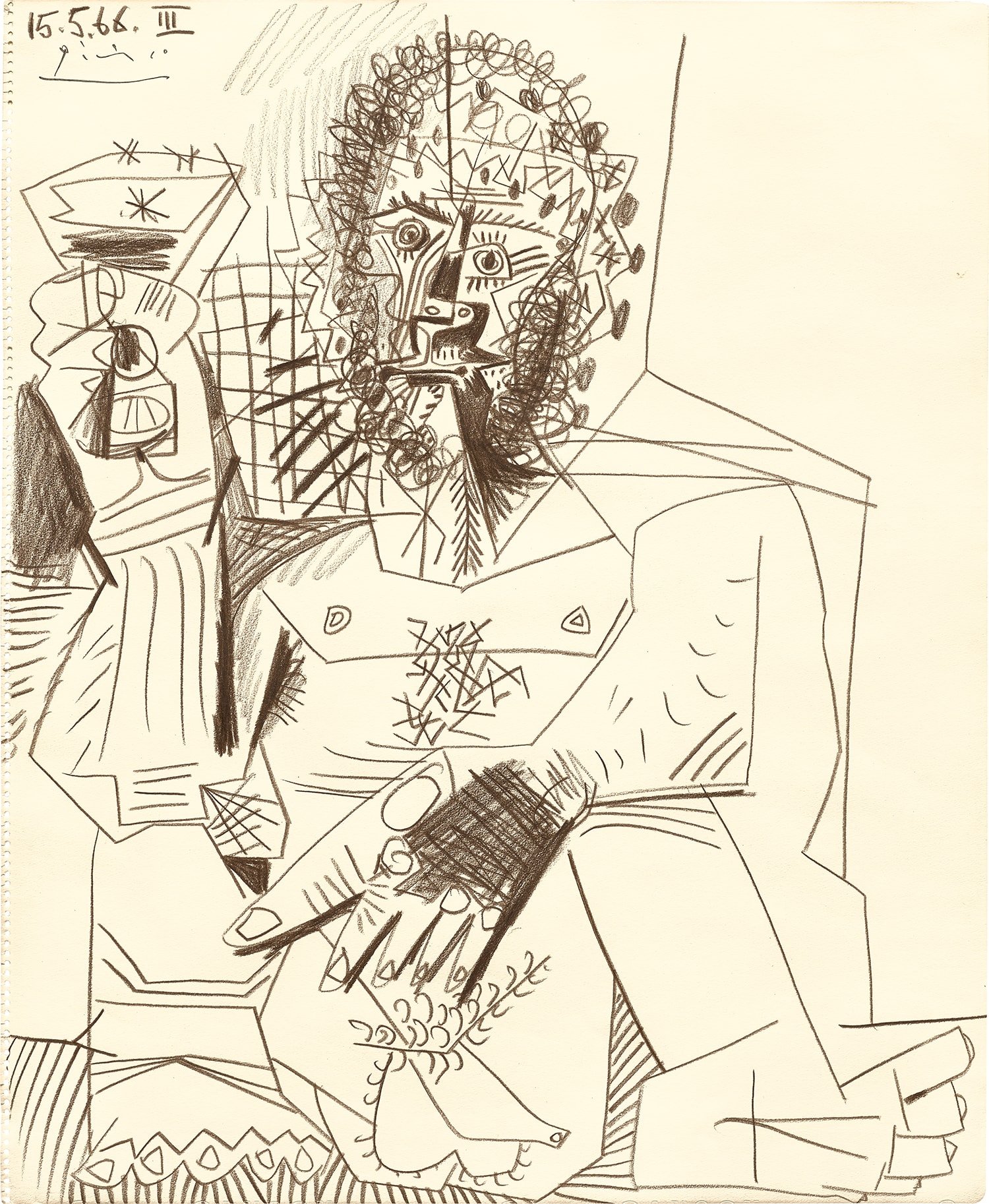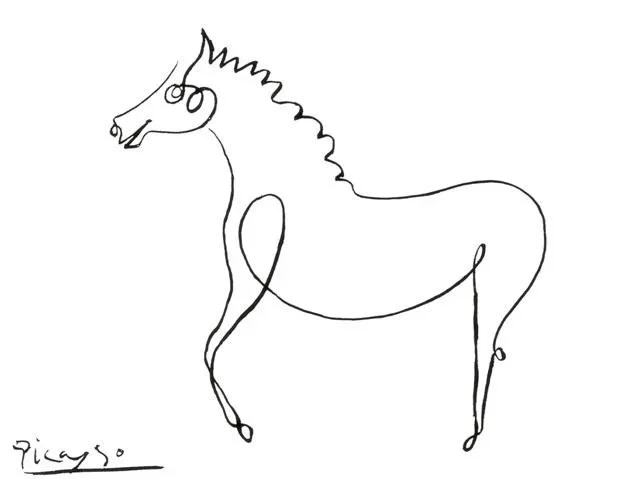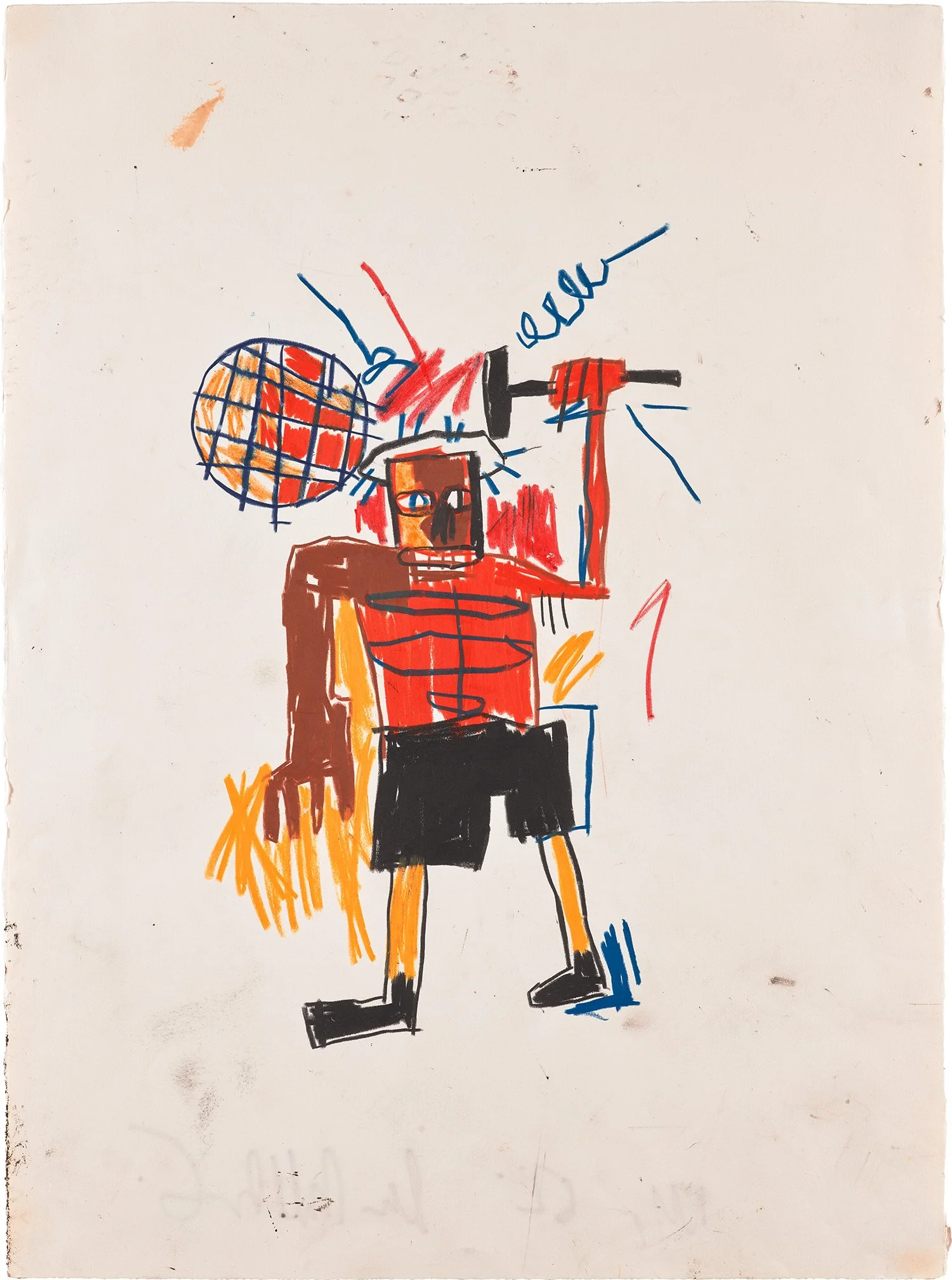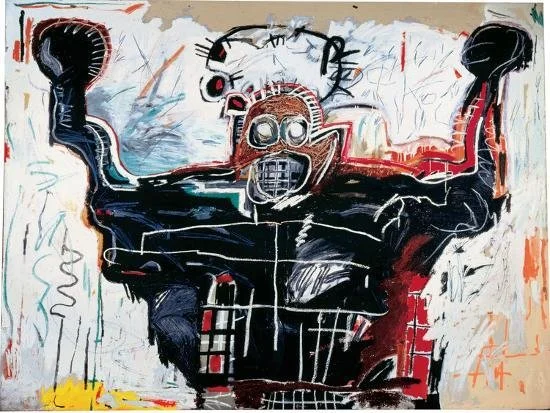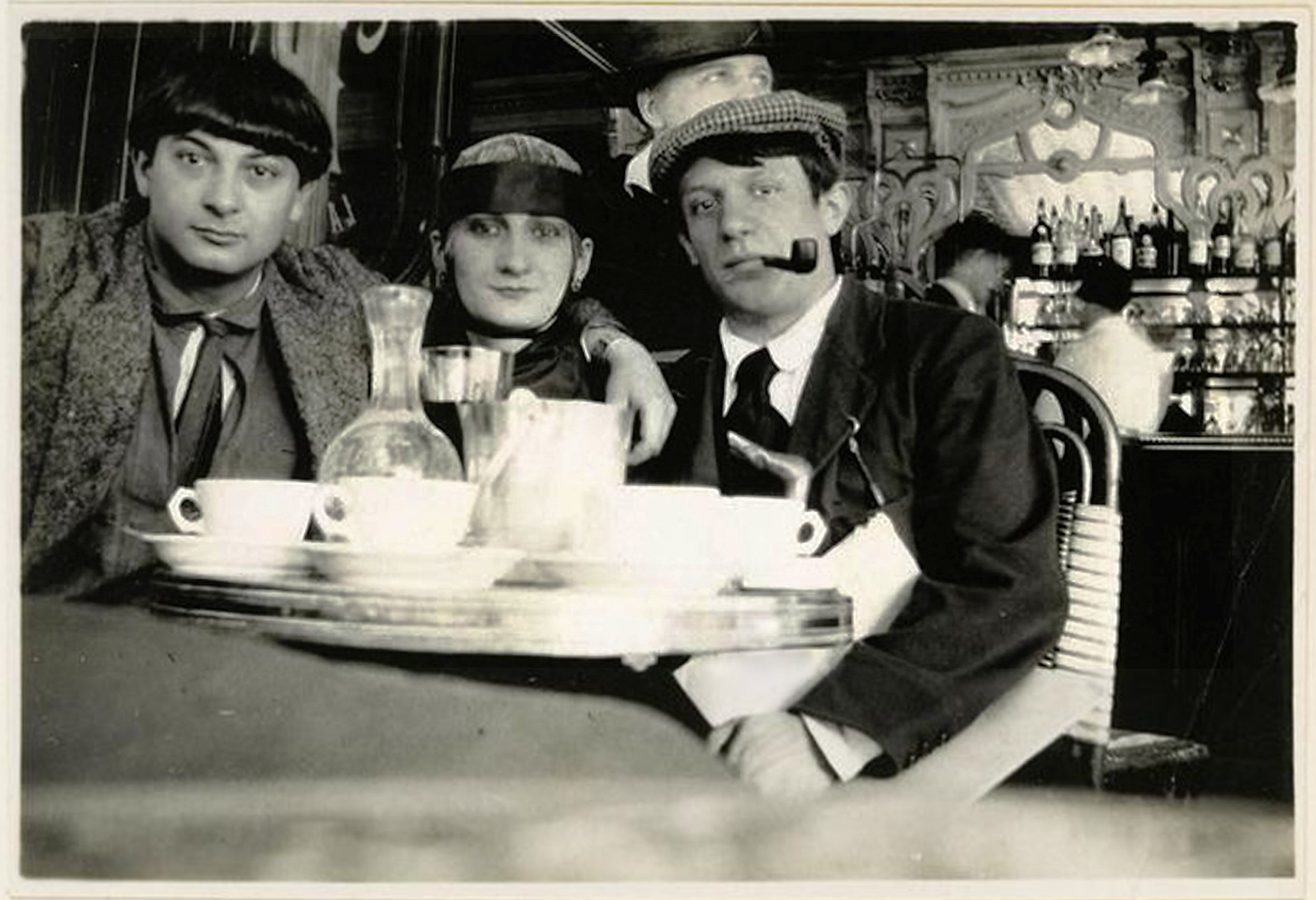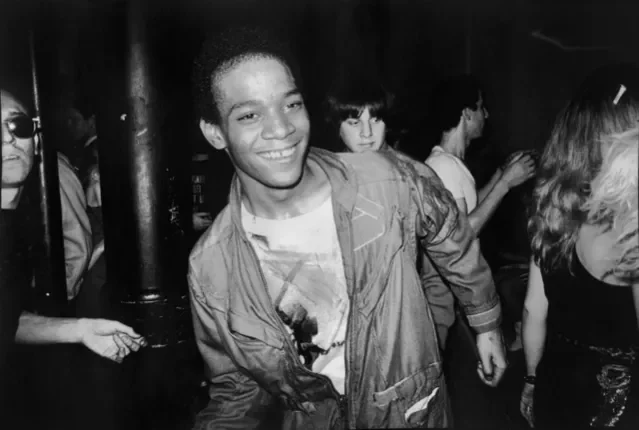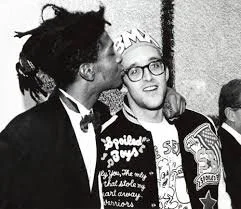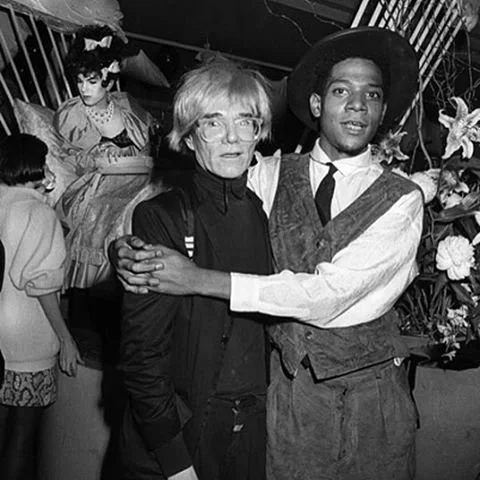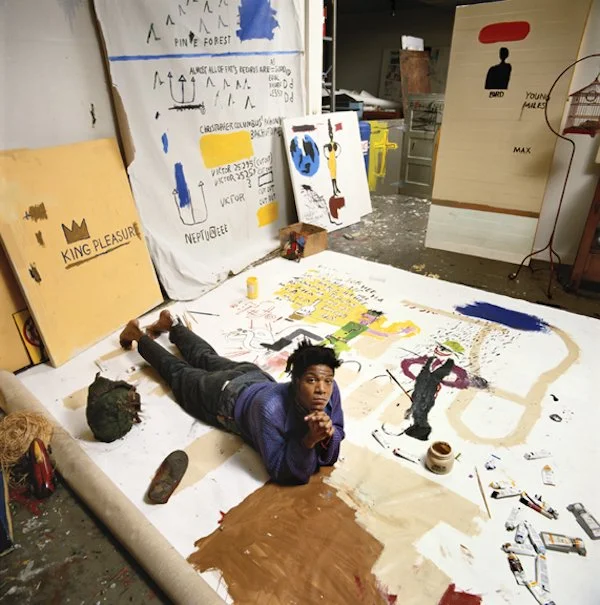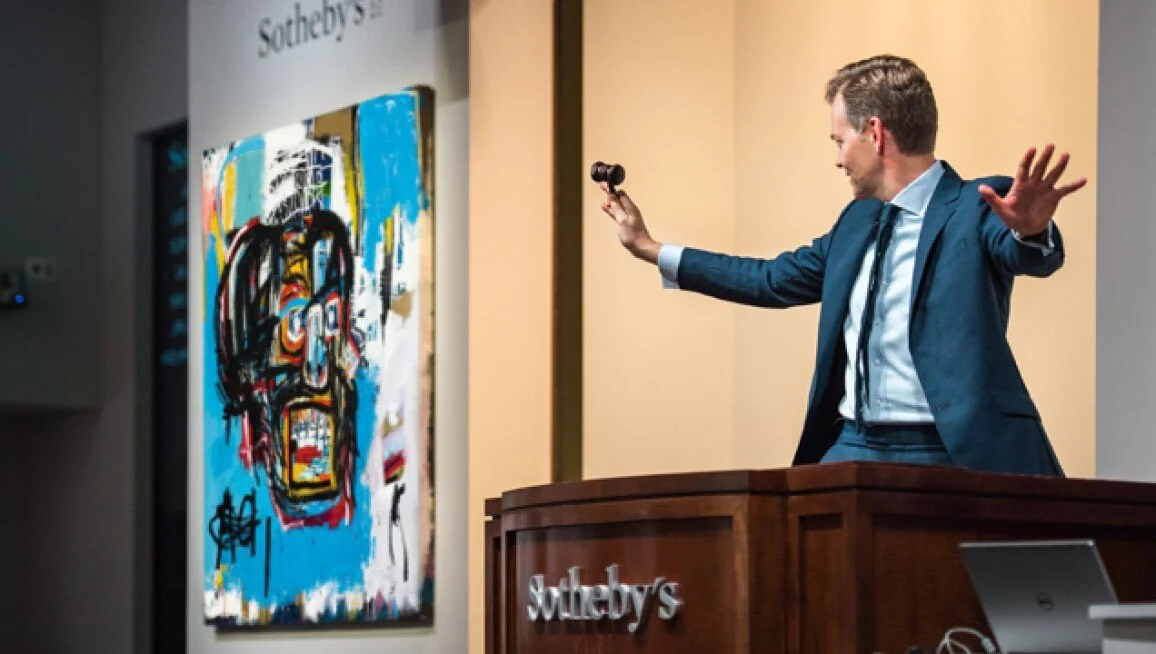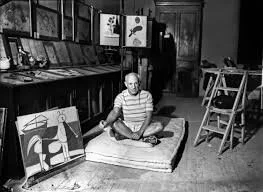Picasso Vs. Basquiat
Jean-Michel Basquiat and Pablo Picasso: A Tale of Two Rebels
By: Pauly Steez
Art has a way of breaking rules while creating new ones, and few artists embody this paradox better than Jean-Michel Basquiat and Pablo Picasso. Though separated by time, geography, and context, these two visionaries share striking similarities in their approach to creativity, alongside distinct differences that reflect their unique worlds. Let’s dive into what binds them together and what sets them apart.
The Rebel Spirit
Both Basquiat and Picasso were rebels in their own right, shaking up the art world with unapologetic boldness. Picasso, born in 1881 in Málaga, Spain, turned tradition on its head with Cubism, fragmenting reality into jagged, abstract forms that challenged how we see the world. His 1907 masterpiece *Les Demoiselles d’Avignon* shocked audiences with its raw, primal energy—think distorted faces and angular bodies that scream defiance.
Les Demoiselles d’Avignon (1907)
Fast forward to Basquiat, born in 1960 in Brooklyn, New York. Emerging from the gritty streets of the Lower East Side, he started as a graffiti artist under the tag SAMO©, spray-painting cryptic messages on city walls. When he transitioned to canvas, his work—like *Untitled (1981)* with its chaotic scrawls and crowned skulls—kept that same renegade edge, spitting in the face of the polished art establishment. Both artists thrived on disruption, using their canvases as battlegrounds against convention.
Primitivism and Cultural Remix
A shared fascination with so-called “primitive” art ties these two together. Picasso famously drew inspiration from African masks and sculptures, which he encountered in Parisian ethnological museums. Their geometric forms and emotional intensity fueled his shift toward abstraction, evident in works like *Guernica* (1937), where anguish takes on a jagged, timeless shape. He saw these influences as a way to strip art down to its raw essence.
Guernica (1937)
Basquiat, too, pulled from a cultural mosaic, blending African, Caribbean, and American threads into his work. His Haitian-Puerto Rican roots pulsed through pieces like *Irony of Negro Policeman* (1981), where he tackled race, power, and identity with a mix of reverence and critique. Like Picasso, he wasn’t just borrowing—he was remixing, layering symbols and words to speak to his moment. Both artists treated art as a dialogue with history, plucking from the past to confront the present.
The Power of the Line
If you look at their work, the line is king. Picasso’s drawings—whether the fluid curves of his Blue Period or the sharp edges of Cubism—carry an almost sculptural weight. He could say more with a single stroke than most could with a whole painting. Basquiat’s lines, meanwhile, are wilder, more frenetic—scribbled words, crossed-out phrases, and jagged figures that feel like they’re clawing their way out of the canvas. His *Untitled (Boxer)* (1982) practically vibrates with energy, the raised arm a defiant slash of paint.
For both, the line wasn’t just a tool—it was a voice. Picasso’s was controlled, masterful; Basquiat’s was raw, urgent. Yet in both cases, it’s the immediacy of their mark-making that grabs you, pulling you into their world without apology.
Where They Diverge: Time and Context
Here’s where the paths split. Picasso lived a long life (1881–1973), evolving through phases—Blue, Rose, Cubist, Surrealist—like a chameleon of style. His career spanned wars, revolutions, and technological leaps, giving him decades to refine his voice. He was a product of Europe’s old guard, even as he tore it apart, hobnobbing with poets and intellectuals in Paris cafés.
Basquiat’s story is shorter, more explosive. Passing at 27 from a heroin overdose in 1988, he burned bright and fast in the 1980s New York scene. His art was born in a world of punk rock, hip-hop, and Reagan-era excess—a far cry from Picasso’s bohemian salons. Where Picasso had time to polish his legacy, Basquiat’s work feels like a snapshot of a moment, unfinished and restless. His canvases scream the chaos of urban life; Picasso’s wrestle with the eternal.
Fame and the Machine
Their relationship with fame also contrasts sharply. Picasso became an art-world deity, a household name who shaped 20th-century culture while still alive to enjoy it. He played the game—strategic, charismatic, larger than life. Basquiat, though briefly a superstar in the downtown scene (rubbing elbows with Warhol and Madonna), was more of an outsider catapulted into the spotlight. His meteoric rise came with a dark edge—exploitation, addiction, and a art market eager to commodify his “street cred.” Basquiat’s demand was nonetheless deserving, as his styles resonate heavily in today’s culture of creativity.
The Legacy
So, what’s the takeaway? Picasso and Basquiat are kindred spirits in their defiance and their hunger to rethink what art can be. They both saw the canvas as a space to provoke, to question, to howl. But their differences—Picasso’s calculated evolution versus Basquiat’s visceral immediacy—remind us that genius adapts to its era. One laid the groundwork for modern art; the other blasted it into the postmodern age.
Next time you’re staring at a Picasso or a Basquiat, look for the echoes: the restless lines, the nod to ancient roots, the middle finger to the status quo. Then notice what’s unique—the Spaniard’s timeless precision, the New Yorker’s fleeting fury. Together, they prove art isn’t just about beauty—it’s about breaking something open.



